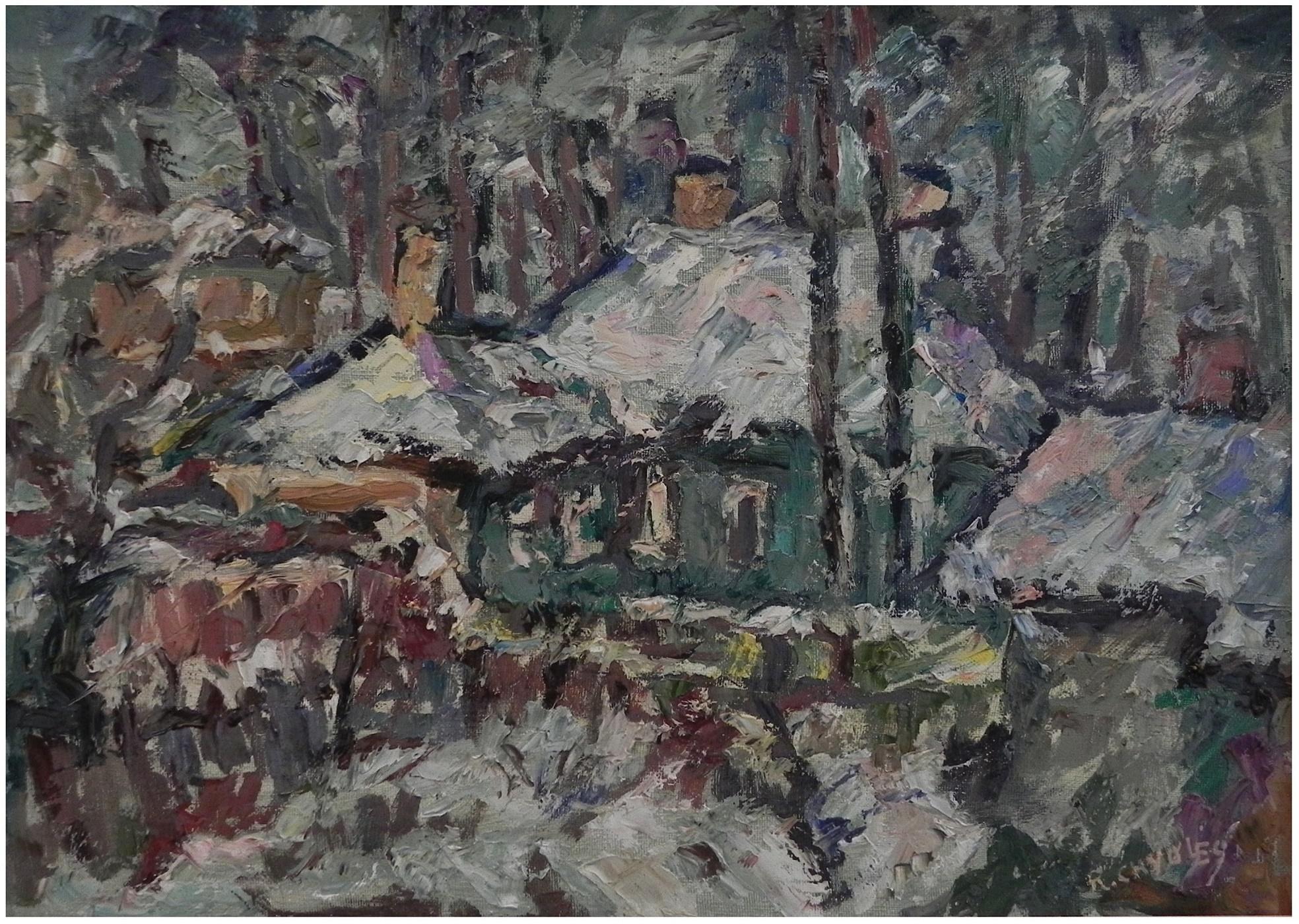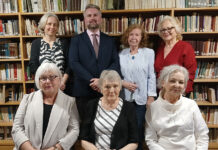

A new Museum of Culture and Identity of Lithuanian Jews, also known as the Litvak Museum, opened on January 18. This branch of the Vilna Gaon Museum of Jewish History is located in the former building of the Jewish Gymnasium Tarbut on Pylimo Street in Vilnius. The Museum is designed to house 17 interactive and contemporary exhibitions. The objective of this establishment is to present an integrated and exhaustive depiction of the history, culture, customs, and various historical aspects of Lithuanian Jews, which, until now, has been represented in a piecemeal fashion by existing memory institutions. Historian Aivaras Poška, the acting head of the museum, emphasized that the museum will also pay tribute to globally recognized Litvaks with ties to Lithuania.
 “If you take any history textbook, Jews are usually presented through tragedy, the Holocaust, whereas this museum tells a completely different story,” said Simonas Strelcovas, head of the Vilna Gaon Museum of Jewish History. “The museum presents what is not in the textbooks – culture, traditions, religion, script, cuisine, games, customs, famous people,” he added.
“If you take any history textbook, Jews are usually presented through tragedy, the Holocaust, whereas this museum tells a completely different story,” said Simonas Strelcovas, head of the Vilna Gaon Museum of Jewish History. “The museum presents what is not in the textbooks – culture, traditions, religion, script, cuisine, games, customs, famous people,” he added.
The museum’s exhibitions will showcase the past and present life of Litvaks, focusing on Jewish everyday life and cultural movements, featuring historical figures and individuals actively contributing to society today.
 In a special tribute, the top floor of the museum will be dedicated to Rafael Chwoles, a renowned Litvak artist of the 20th century. This gesture is indicative of the museum’s commitment to acknowledging and honoring the contributions of Lithuanian Jews to the world of art and culture.
In a special tribute, the top floor of the museum will be dedicated to Rafael Chwoles, a renowned Litvak artist of the 20th century. This gesture is indicative of the museum’s commitment to acknowledging and honoring the contributions of Lithuanian Jews to the world of art and culture.
The inauguration of the Litvak Museum holds particular significance considering the catastrophic loss during the Holocaust of more than 90 percent of Lithuania’s Jewish population, which stood at over 200,000 prior to the Second World War. This establishment serves as a poignant reminder of the rich and diverse cultural tapestry that was tragically disrupted, with a dedicated effort to reconstruct, preserve, and showcase this heritage for future generations.






























